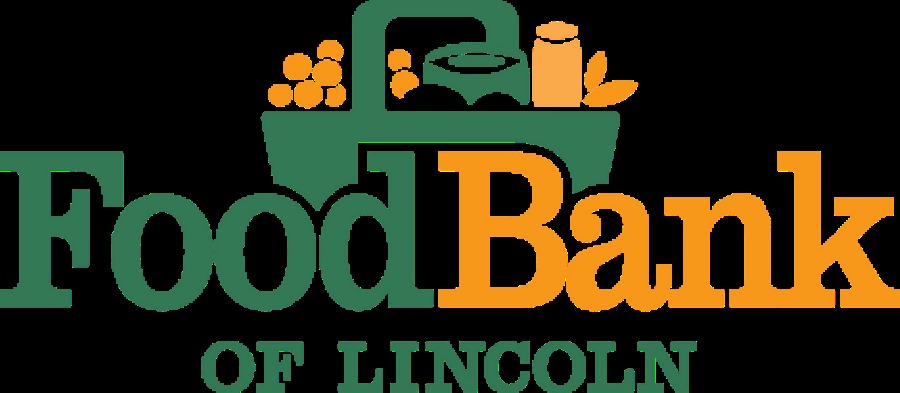The Emergency Food Assistance Program, or TEFAP, Reach and Resiliency – Round 1 grants are making an impact in communities across the nation. At the Food Bank of Lincoln, we have been able to leverage Reach and Resiliency sub-grant funding awarded by our Nebraska TEFAP agency to identify underserved areas and to implement strategies to increase TEFAP access in those areas. In some cases, the strategies were as simple as increasing the frequency of deliveries to specific communities to ensure that existing TEFAP resources were being equitably distributed.
During the first quarter of the grant, we implemented a 21% increase in deliveries to four identified underserved counties, which resulted in a 55% increase in TEFAP pounds of food distributed to those areas when compared to the previous year. As a result, TEFAP is now reaching more than 4,000 households in Butler, Fillmore, Otoe, and York counties. We also now have 12 food access points in those counties and three additional non-profit partners involved in TEFAP operations.
A recent pantry partner gave their input regarding food access: “As food prices continue to rise, having the ability for increased deliveries to both of my rural food pantries is critical. The number of food pantry clients has doubled in the past few months, and I expect a steady increase. It is very difficult for clients to receive fresh produce in rural areas, and that is something that is always in need. To buy one head of lettuce now is almost $5 at our rural grocery stores, and 99% of our clients cannot afford something as simple as a head of lettuce with the price increases.”

The TEFAP Reach and Resiliency Grant has provided support to the Food Bank of Lincoln as they deliver USDA TEFAP products more broadly to our neighbors in need. The grant has also expanded the use of data to identify convenient delivery areas as well as ensure an increased focus on consistent access to USDA TEFAP products for communities. We are well on our way to closing this inequity gap in our targeted four counties.
Source : usda.gov